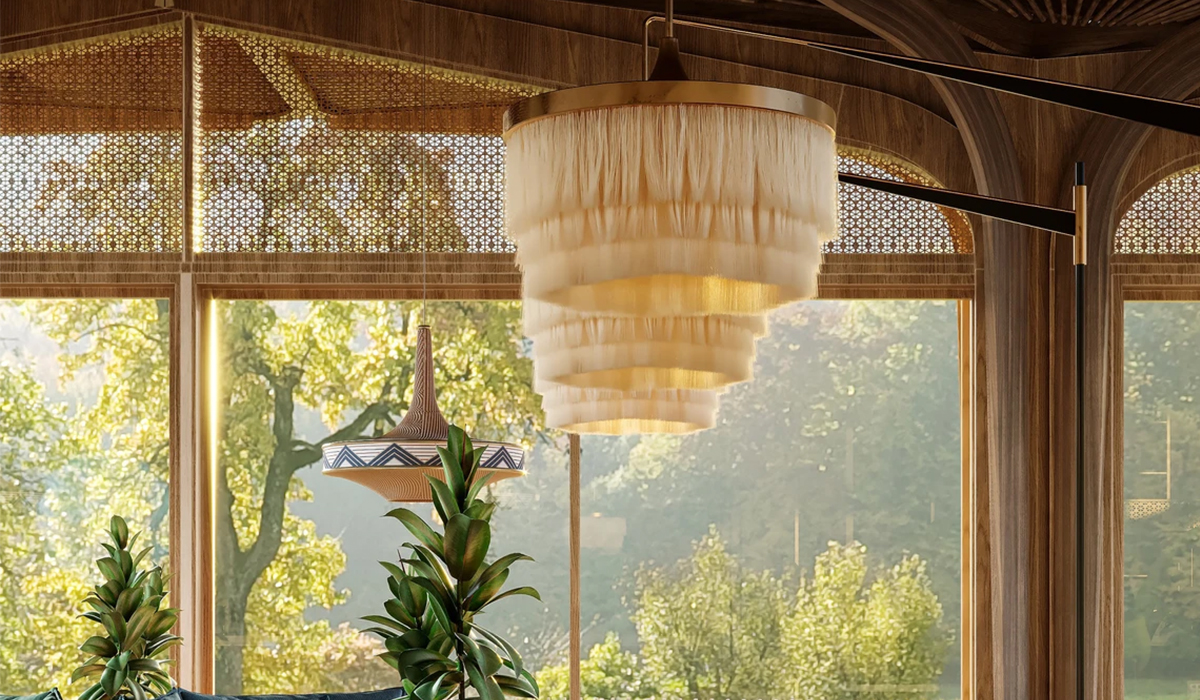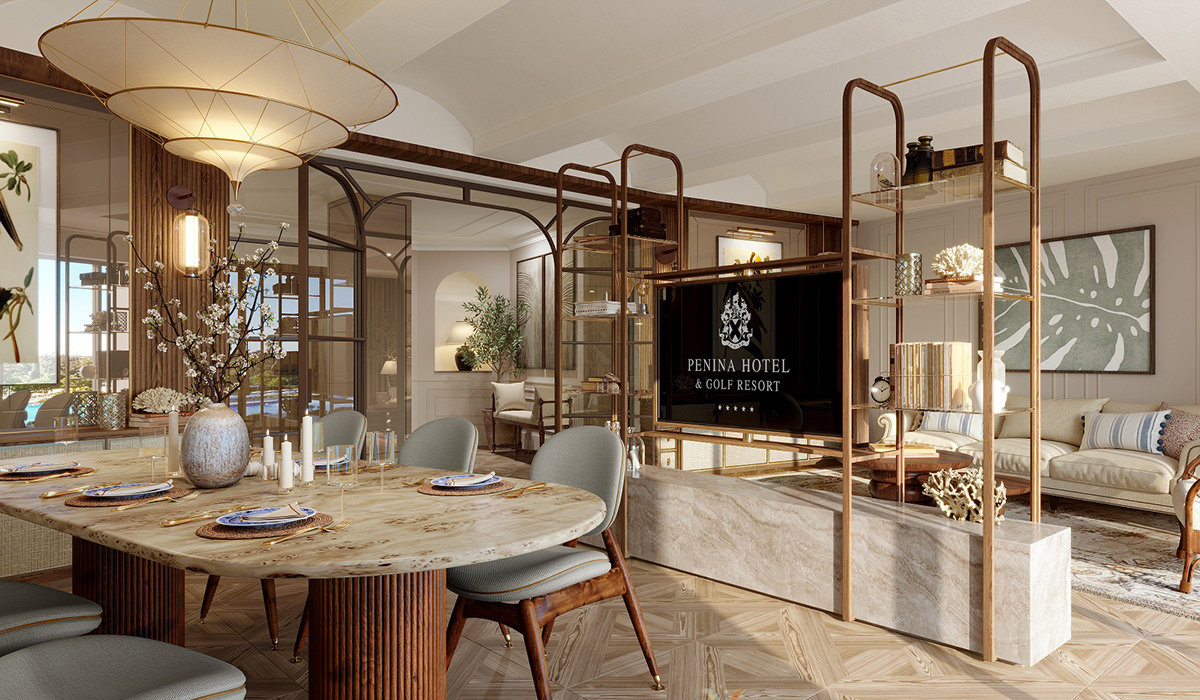
In the previous article, we talked about the Anhui style, the Fujian style, and the Su style in traditional Chinese architecture. There are three unique styles left. Let's uncover them together!
4. Beijing style architecture
Keywords: Symmetrical distribution, auspiciousness
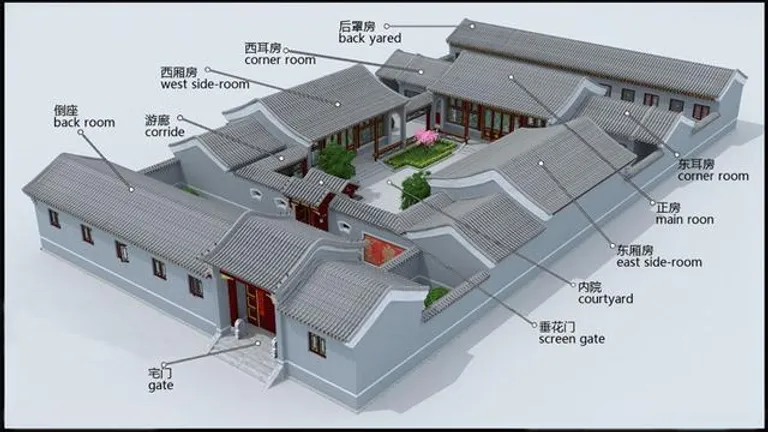
4.1 When we talk about Beijing-style architecture, Beijing courtyard is definitely a topic that cannot be avoided. Traditionally, a courtyard house has independent rooms on all sides, enclosed to form a quadrangle. Every carving and mural in the courtyard represents the cultural and artistic achievements of northern China.
The basic feature of a courtyard house is that the houses and courtyards are arranged symmetrically along the north-south axis, facing south, the gate is generally opened at the southeast corner, and there is a screen wall inside the gate so that outsiders cannot see the activities in the courtyard. The main room is located on the central axis, Beside it are the side room and the left-wing and right-wing rooms. The main room is for the elders, and the wing rooms are used by the younger generation.
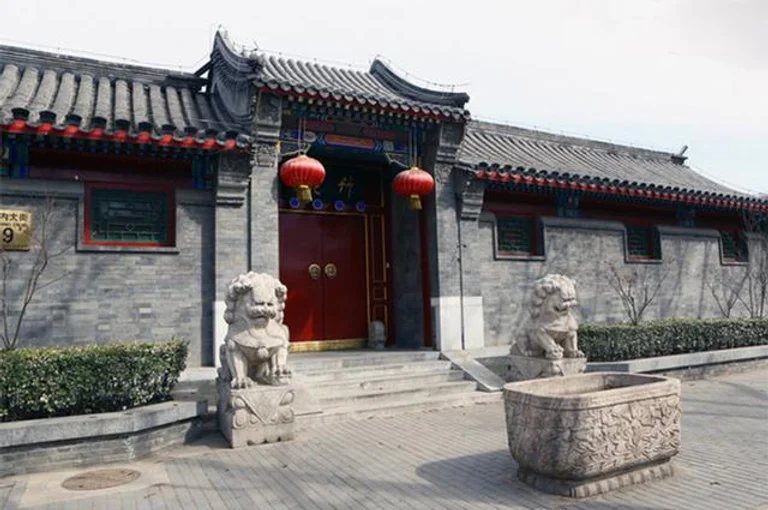
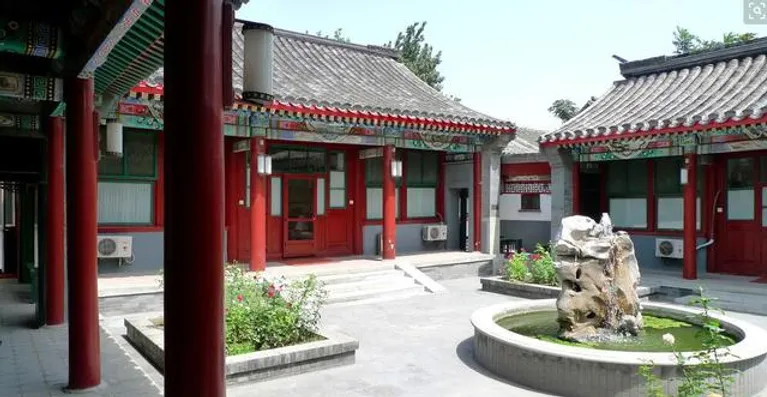
In ancient Beijing, there were more than a thousand hutongs, and the residential courtyards were scattered among them. Whether you are from the royal family or the common people, your daily life is inextricably linked to the courtyard.
The courtyard is also one of the elements of Beijing folk culture. It is the carrier of people's life and has profound historical value.
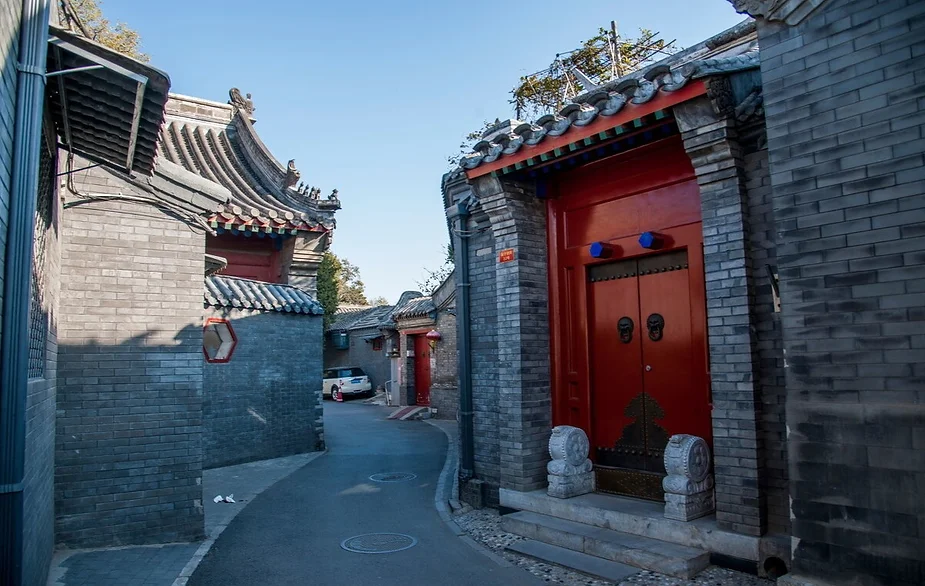
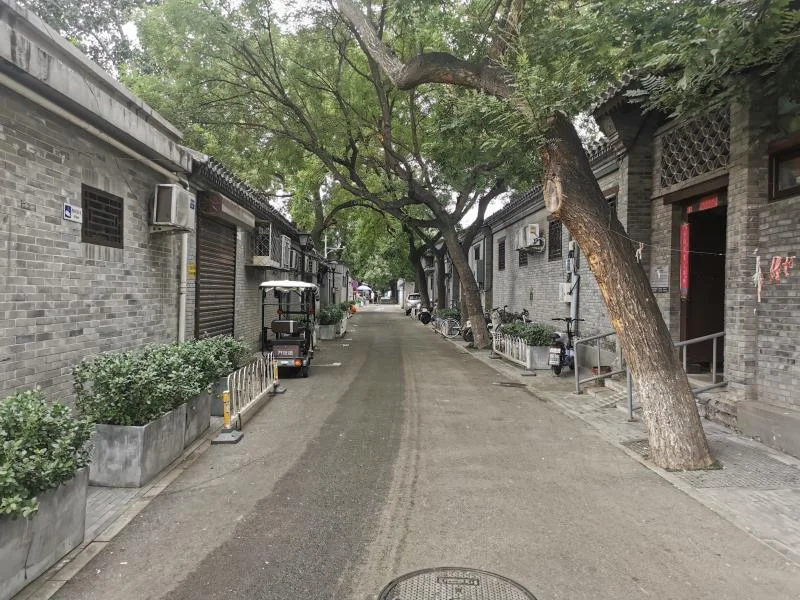
The site selection, decoration, carving and painting of the courtyard reflect the long-standing folk customs and traditional culture, meanwhile, it expresses people's pursuit of happiness, beauty, wealth and auspiciousness under specific historical conditions.
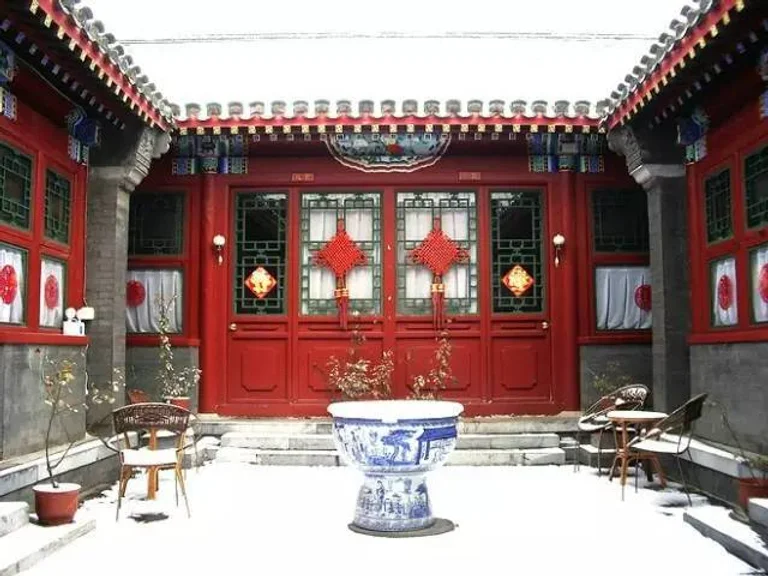
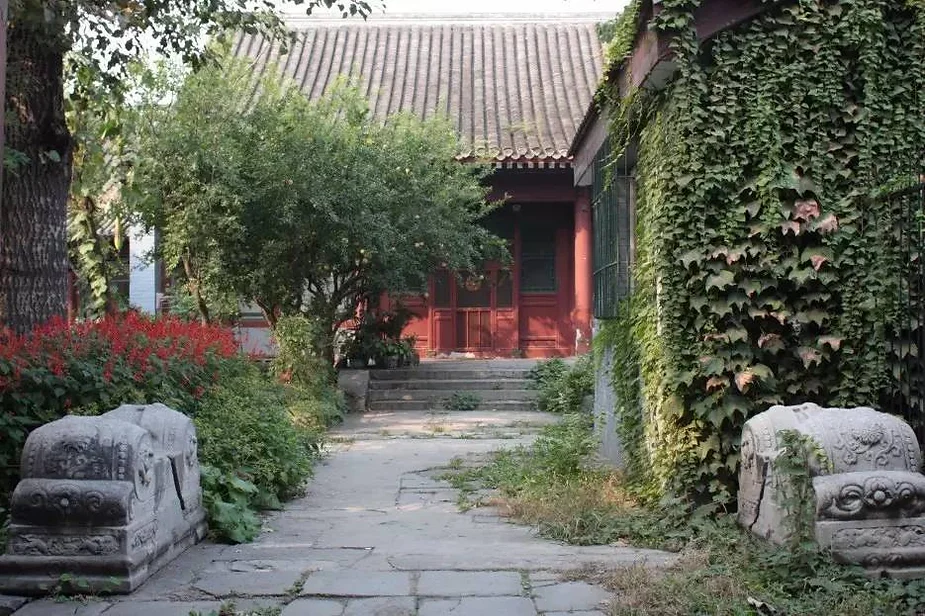
4.2 In addition to courtyard houses, palaces are also representative works of Beijing-style architecture.
Among them, the Forbidden City is the masterpiece of palace architecture, and it also represents the highest level of traditional architectural art.
It can be seen as a huge courtyard with wider functions and a clearer division of labor, giving people a sense of royal majesty.
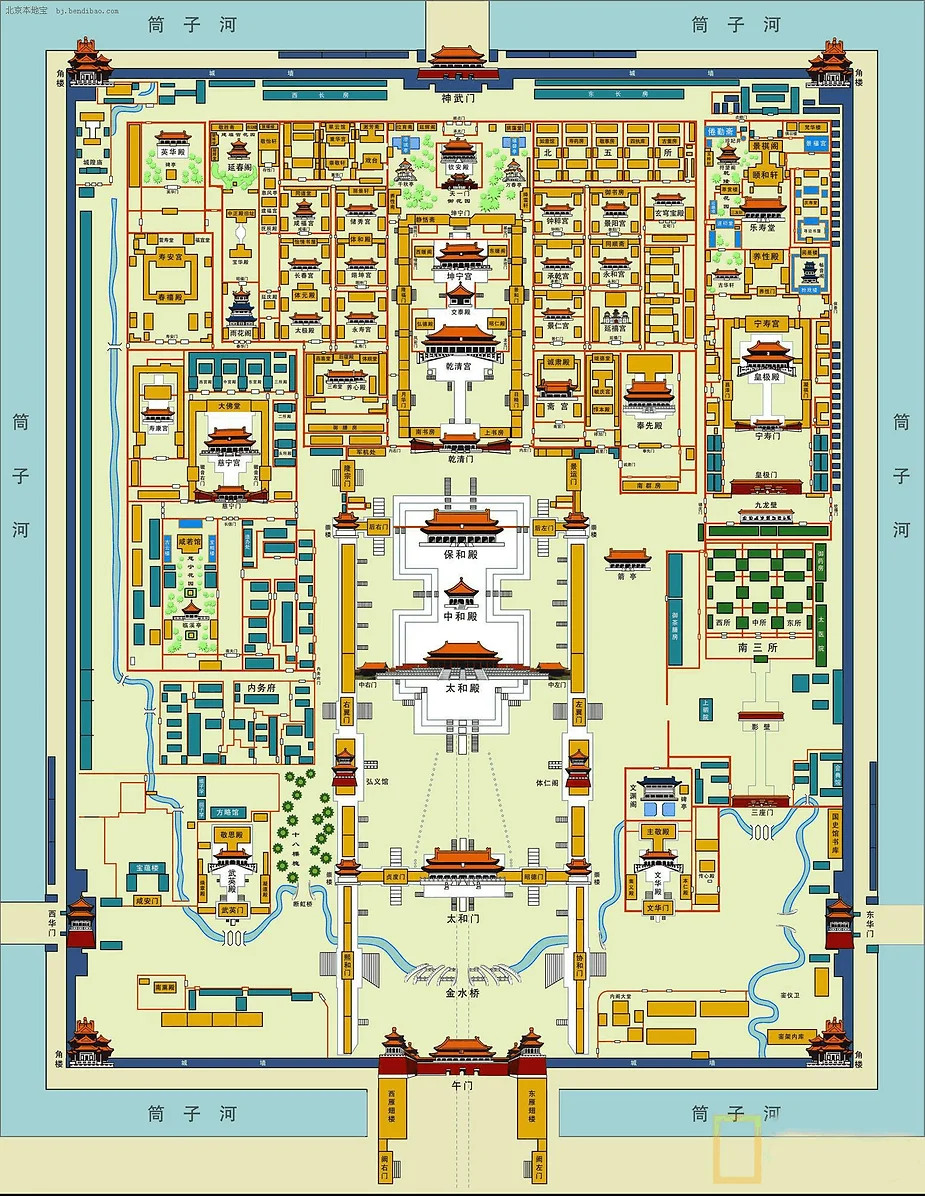
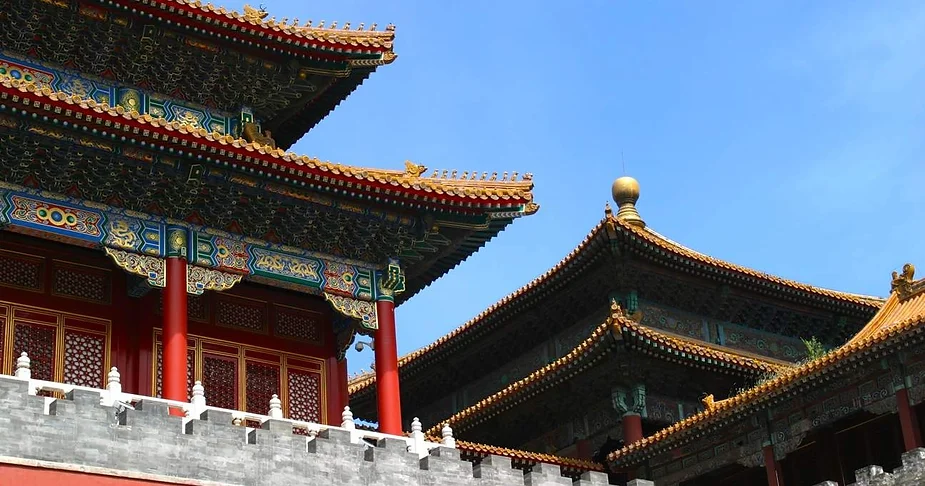
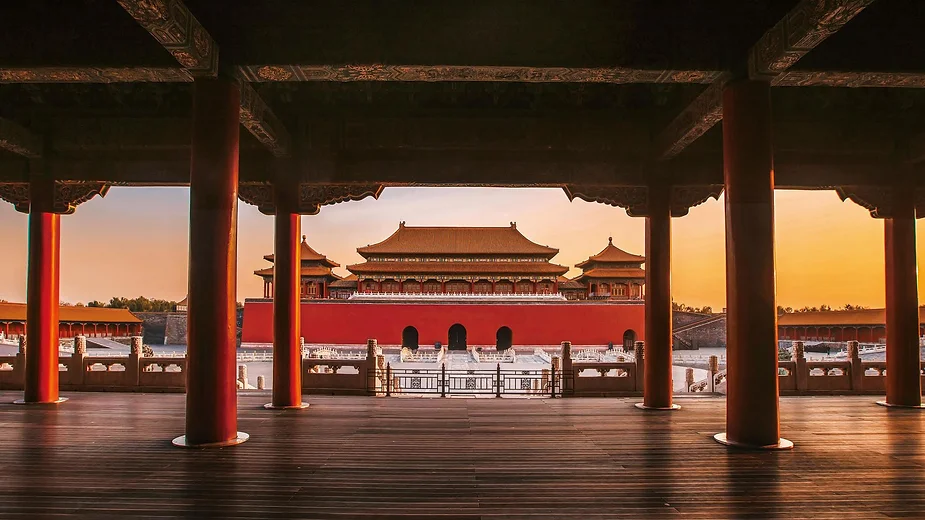
5. The Jin style architecture
Keywords: Cave dwellings, Shanxi merchant culture
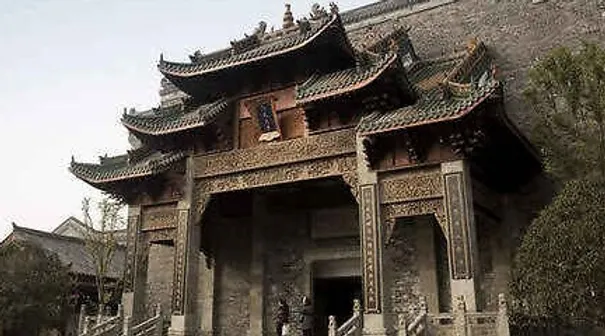
Jin style architecture is roughly divided into two categories: one is the urban architecture in Shanxi, and the other is the cave architecture in the surrounding areas of Shaanxi, which is also the most widely distributed architectural style in the northwest.
5.1 In ancient China, there were frequent wars and constant frictions in the Shanxi area. Therefore, the safety and defense of houses were particularly important for residents. To achieve this goal, the outer walls of the courtyard were built towering and thick. The visual oppression coupled with the uniform gray-toned water bricks on the outside, although embodies the dignity and solemnity of the owners, it also makes people feel a sense of indifference and alienation.
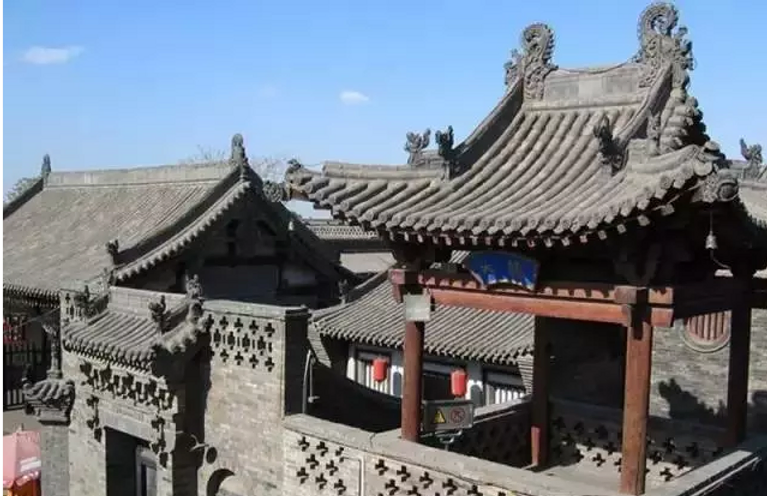
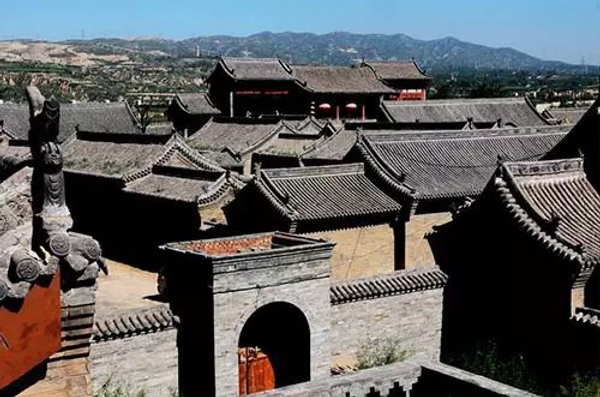
Inside the building, however, is a different story. To reflect the noble status of the owner and the prosperity of the family, most of the dwellings have spacious courtyards with rows of red lanterns hanging on the eaves, exquisite wooden arches and curly cloud patterns on the festooned gate, the delicately craved brick on the screen wall, the ridges on the eaves decorated with small animals. The whole building is rich in layers but not messy.
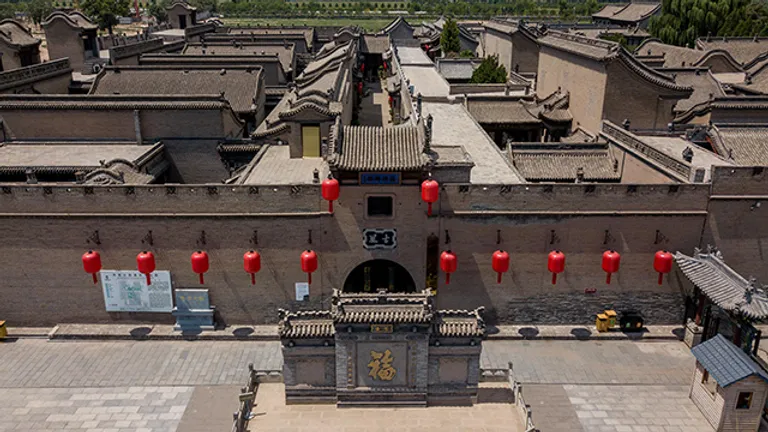
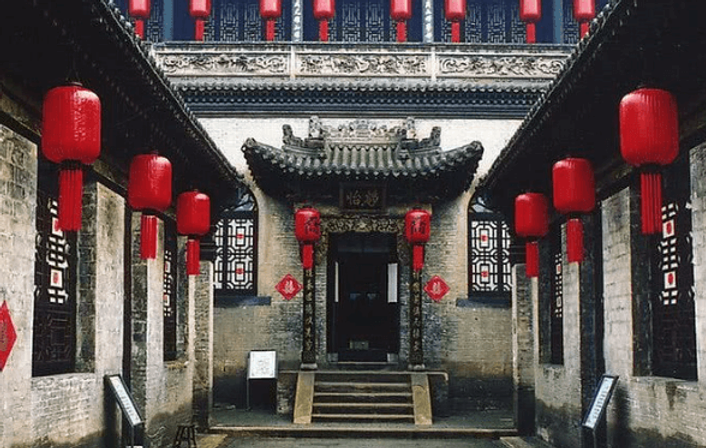
Jin style architecture reflects the character of Shanxi merchants, which is steady, atmospheric, rigorous and profound.
The culture and spirit it contains is an incomparable fortune.
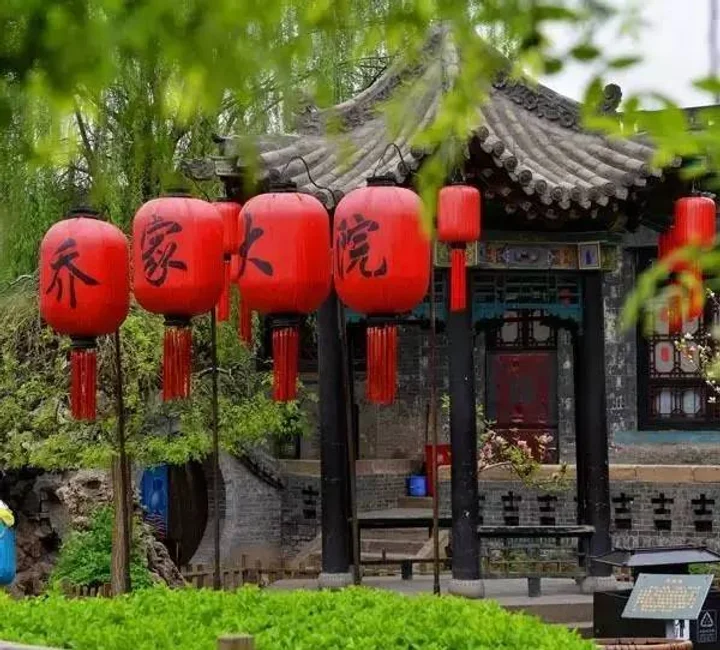
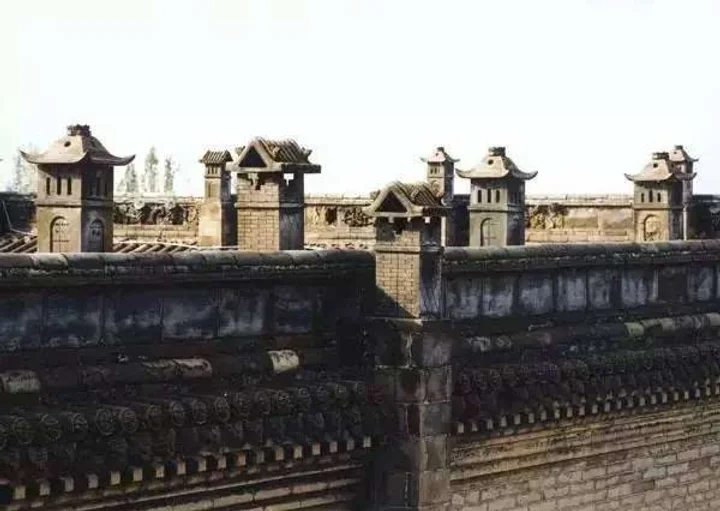
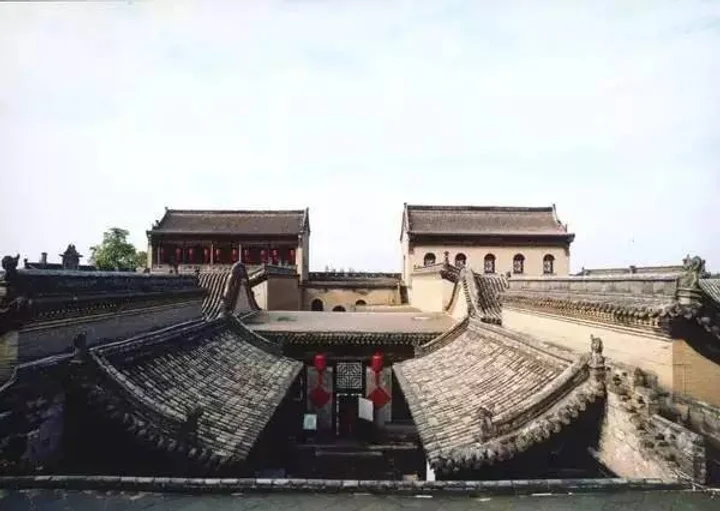
5.2 Cave dwellings are generally built on south-facing hillsides, facing the sun, backed by mountains, rarely sheltered by trees, making it suitable for living. When you go inside, you can find that they have small tunnel doors with semi-circular tops, so that the cave will have more space. Cave dwellings are divided into cliff type, sunken type and independent type.
The cave is fire-proof, warm in winter and cool in summer, which not merely saves land but also is economical. The ancestors of the Loess Plateau lived and prospered in cave dwellings.
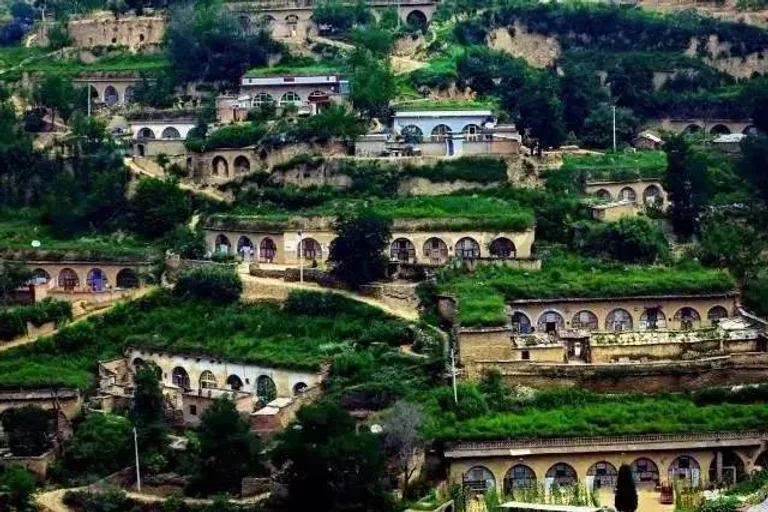
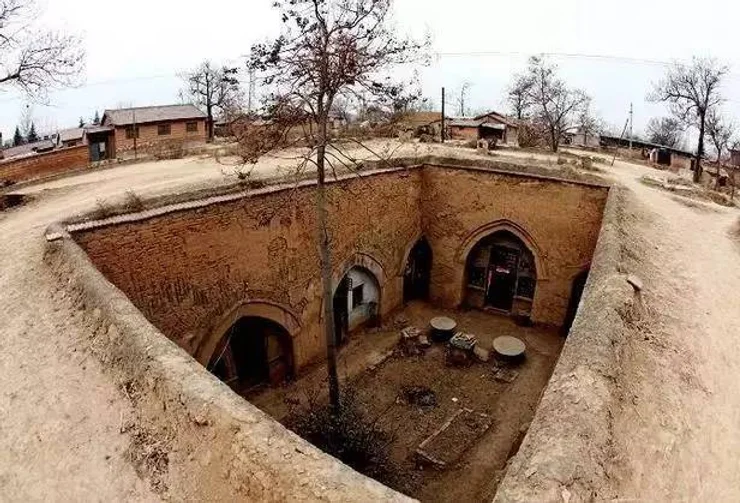
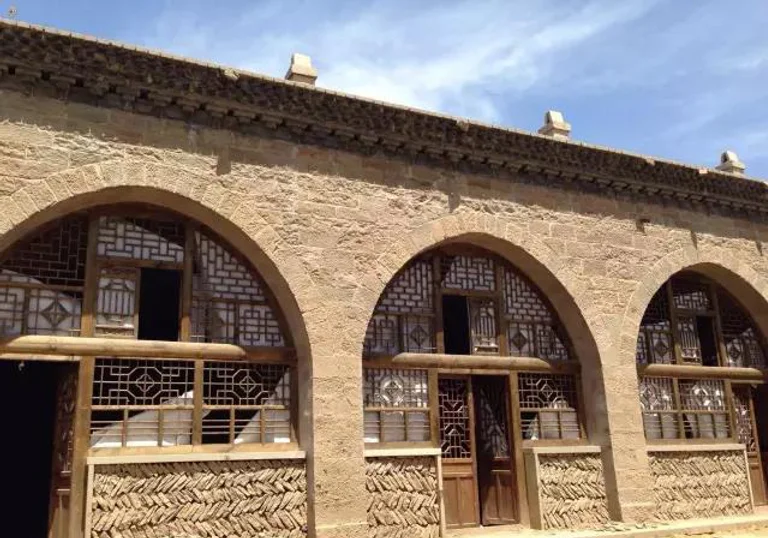
6. The Sichuan style architecture
Keywords: Ethnic features
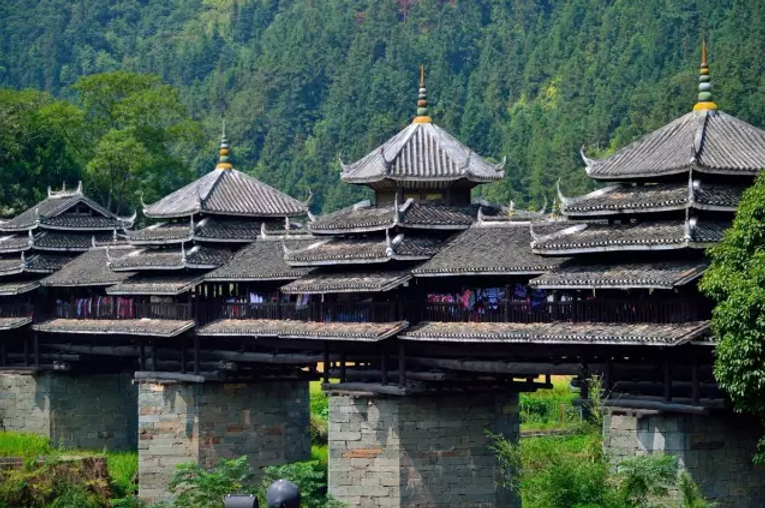
Sichuan-style architecture is popular in Sichuan, Yunnan, Guizhou, and is unique to the local ethnic minorities. Among them, the Bamboo Building, the Drum Tower, and the Western Sichuan Stilt Building are the most distinctive.
6.1 Bamboo building is a special form of dwelling created by the Dai people according to the local conditions. The bamboo building is mainly built with bamboo. The upper floor is used for the owner's daily life while the ground floor is about 7 or 8 feet high, with no walls so that it can be used to raise livestock and stack sundries.
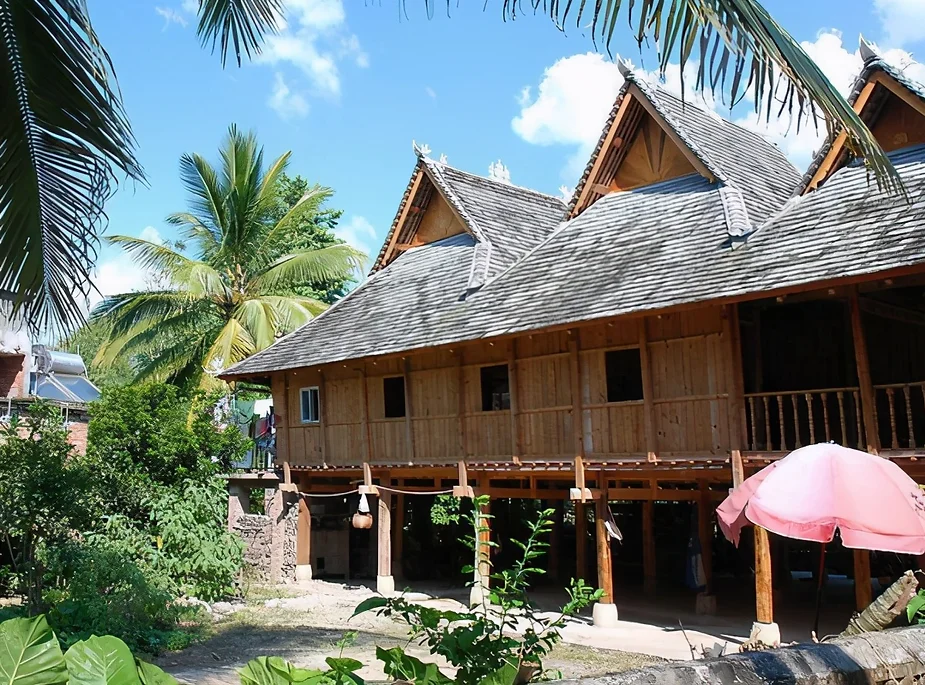
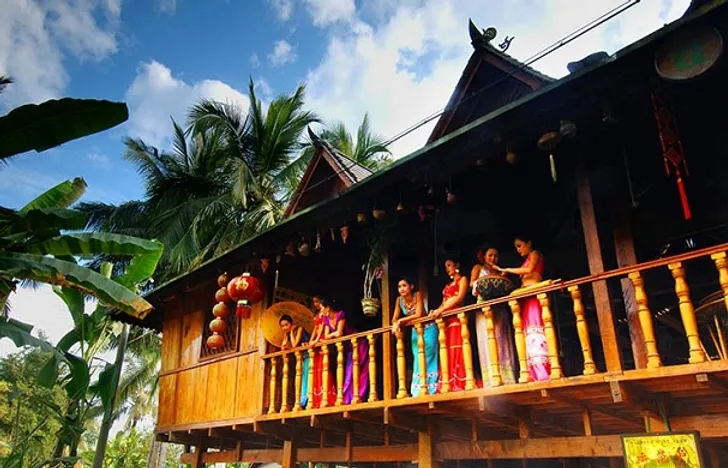
6.2 The Drum Tower adopts the principle of leverage and is supported layer by layer, without a nail or a rivet. Due to the strict and sturdy structure, it can last for hundreds of years. This fully demonstrates the superb construction skills of the craftsmen.
The image of the Drum Tower comes from the imitation of the cedar tree. From a distance, the overall outline of the Drum Tower is like a huge cedar tree. To a certain extent, the fir tree can be regarded as the most primitive form of the drum tower, which also involves the religious beliefs of the local ancestors.
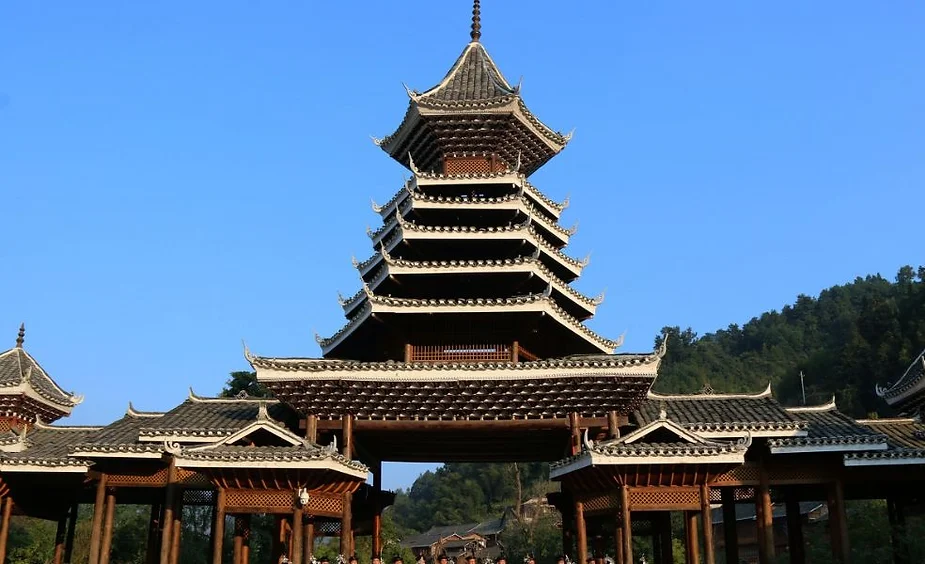
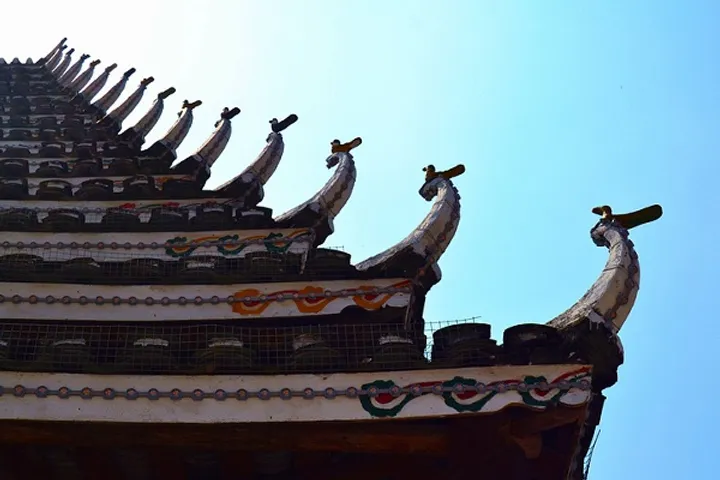
6.3 The stilted houses are generally built on slopes and have two storeys. The upper layer, used as a living room, is ventilated, dry and moisture-proof while the lower layer can be used for storage or to rear poultry.
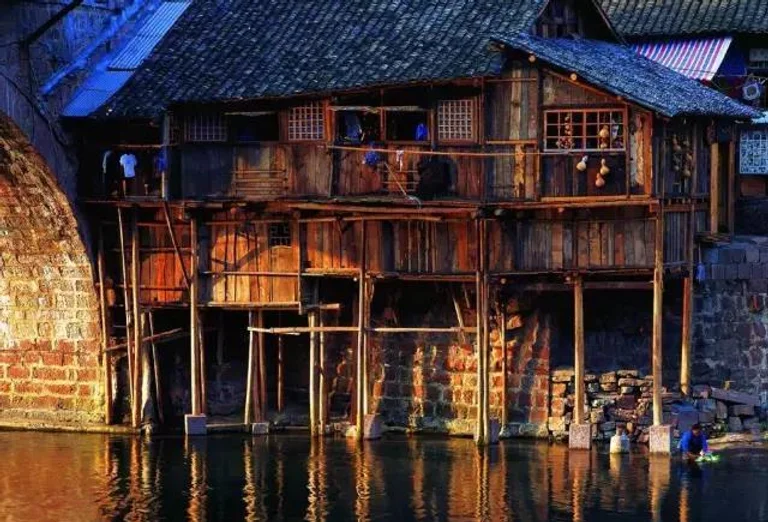
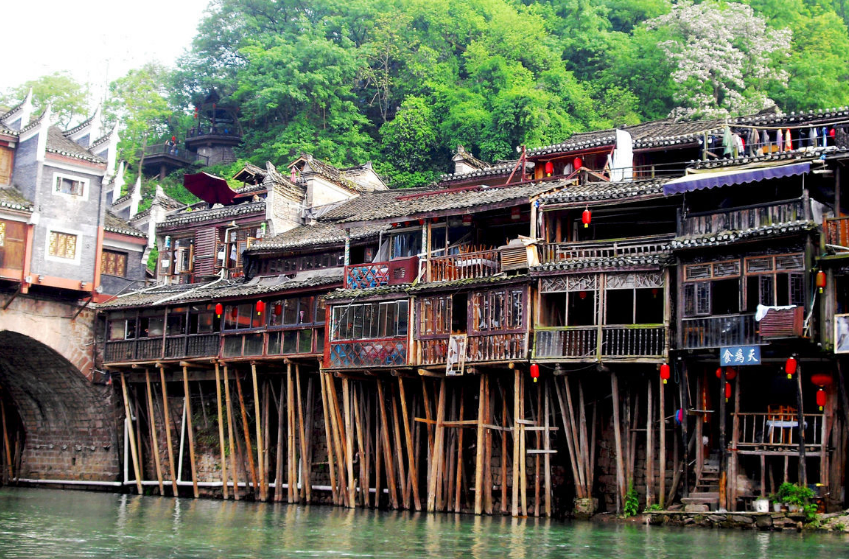
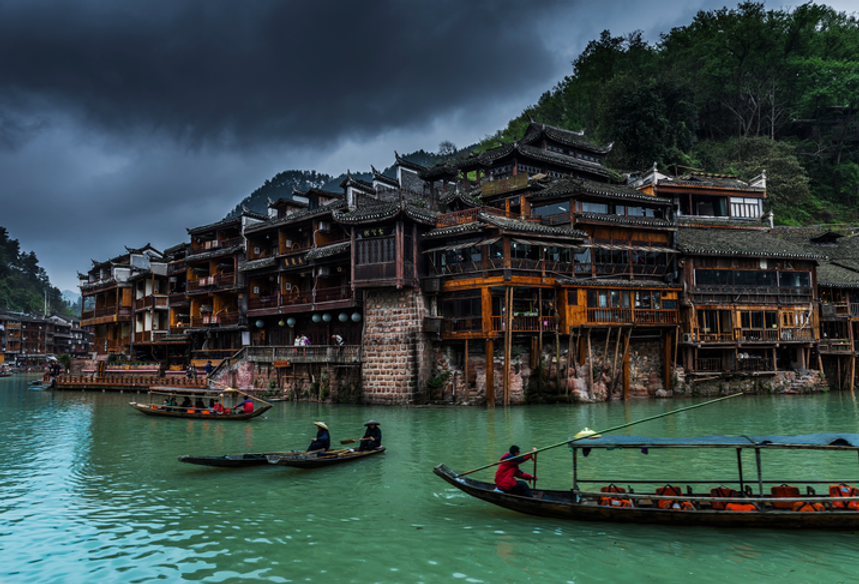
Traditional Chinese architecture is the culmination of Chinese wisdom. It also finds its way in modern architectural design. We have selected the six most representative ancient Chinese buildings. Its ingenious and scientific frame structures, staggered layouts, and colorful artistic images still have strong significance in modern architecture.
